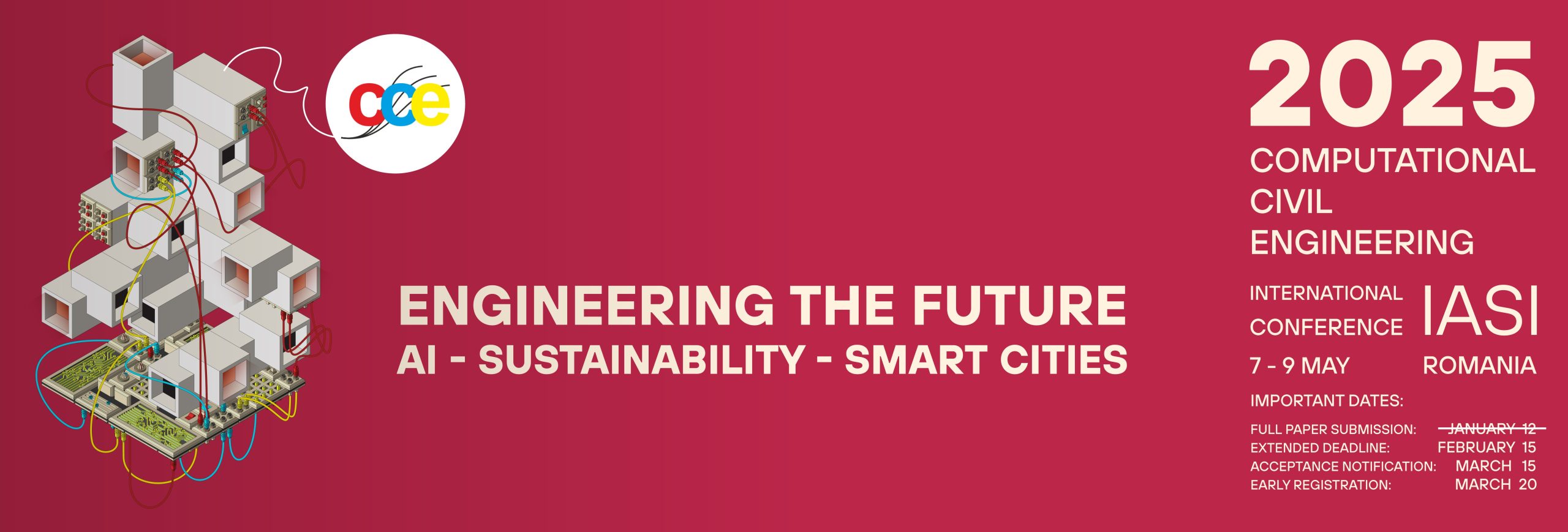…to be updated
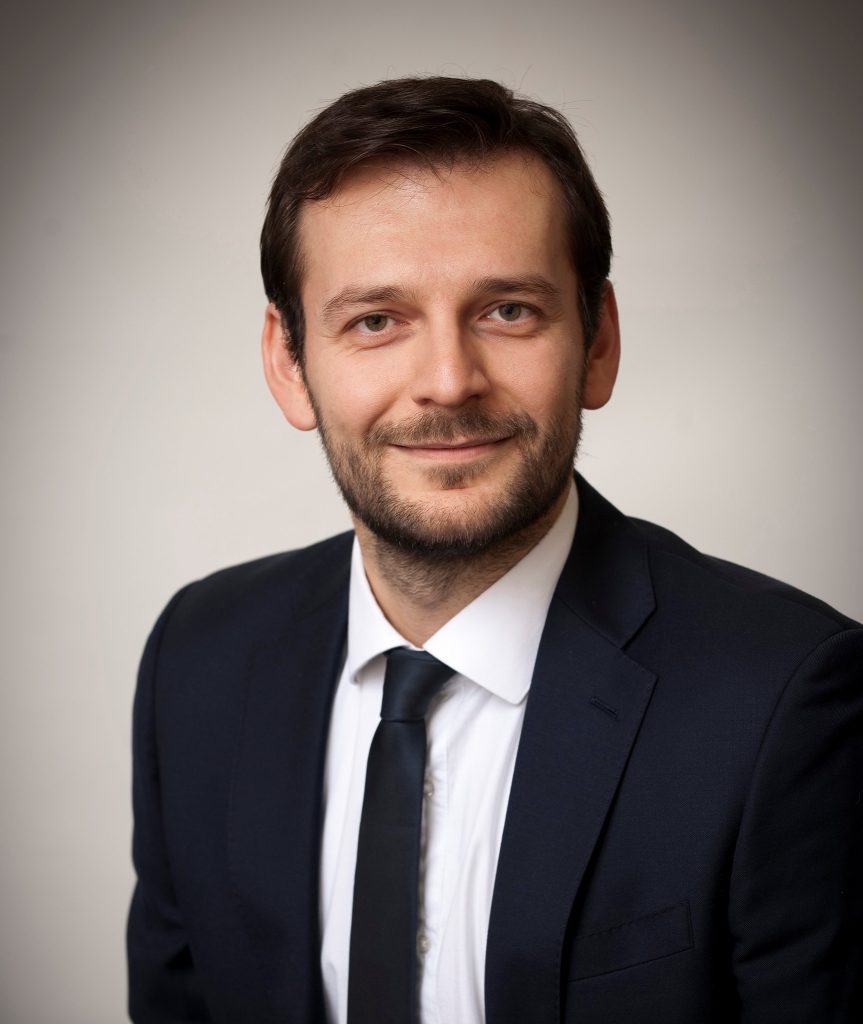
Konstantinos Daniel Tsavdaridis, Professor
Chair of Structural Engineering at City, University of London, UK
Konstantinos Daniel Tsavdaridis is a distinguished structural engineer and academic, serving as the Chair of Structural Engineering at City, University of London since 2021. With a PhD from the same institution and nine years prior experience at the University of Leeds, he has made significant contributions to the field of lightweight steel and steel-concrete composite structures. His research focuses on innovative designs for structural forms, seismic behaviour of lightweight structures, and the application of 3D printing in construction. The recent years he is focusing on the application of AI into the design of structures and he is the Founder & Chief Scientist of Efestos Hub – a data company decarbonising AEC through AI. Recognised as one of the world’s top 2% scientists in Civil Engineering since 2019, Professor Tsavdaridis has been awarded fellowships from prestigious institutions such as the Royal Academy of Engineering and the Institution of Civil Engineers. He has published extensively, with over 200 papers in peer-reviewed journals and conferences, and holds several patents related to his work on perforated steel beams, lightweight composite flooring systems and modular connections. Professor Tsavdaridis is a Chartered Engineer (CEng) at the Institution of Civil Engineers (FICE) and the Institution of Structural Engineers (MIStructE), and a Licensed Engineer in Europe (EUR ING). He is also an Associate Member of the American Society of Civil Engineers (A.M.ASCE) and he contributes to CEN/TC as well as BSi committees for the development of structural guidelines and standards in Europe and UK, respectively.
Preliminary title:
Rethinking Design of Steel Structures with AI
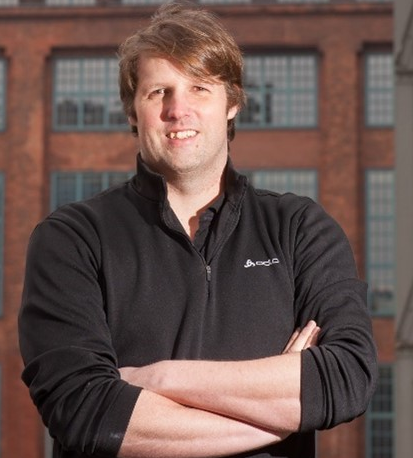
Timo Hartmann, Professor
Timo Hartmann is intrigued by the working processes of construction, engineering, and architectural professionals and how they design the complex engineering systems that keep our societies ticking, moving, and thriving. While he is in awe of how engineers are able to deal with the complexity of their designs, he tries to provide managerial and technical solutions that improve how they work. He believes in the digitalization of the industry in the sense that computational tools have the potential to allow engineers to design significantly different than they were able before – individually, but more importantly together in integrated engineering efforts. To develop such tools, it is important to consider both technical and social factors working in close collaboration with practitioners.
Timo received a Ph.D. from Stanford University where he was a student at the Center for Integrated Facility Management. His work has been published in Advanced Engineering Informatics, the Journal of Construction Engineering and Management, Building Research and Information, Journal of Computing in Civil Engineering, Design Studies, or ITCON. He is the handling editor of Advanced Engineering Informatics where we explore the science of engineering knowledge formulation with computational methods and Engineering, Construction, and Architectural Management where we would like to explore how to best manage collaborative and integrated engineering projects.
Preliminary title:
Complex Building Simulation Modeling to improve the resilience of the built environment for climate adaptation
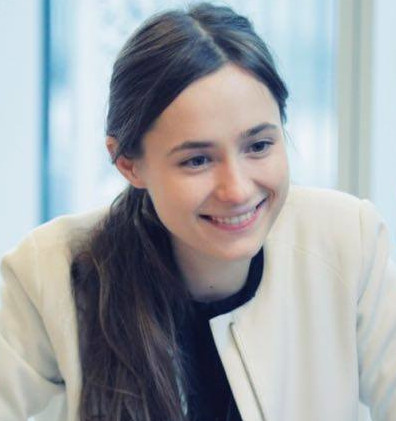
Andreea Robu-Movilă, Scientific Researcher,
,,Ion Mincu” University of Architecture and Urban Planning Bucharest, Romania
Andreea Robu-Movilă is an architecture researcher and a practicing architect with a specific interest in NeuroArchitecture that is a field of study at the intersection of Cognitive Science, Computational Science and Architecture. Her primary research focus addresses the field of affective computing that strives to create more personalized and intuitive interactions between humans and artificial neural systems(ANNs). Based on this drive she co-founded and coordinates the NeuroArchiLab, a research laboratory at “Ion Mincu” University of Architecture and Urban Planning (UAUIM). At the same time, she advocates for applied R&I in the architectural practice, hence she founded A.ttune ArchiLab, an architecture office that embeds research and innovation in each project.
As part of the quest to understand the future technological challenges in AEC industry, she has co-edited the editorial project “Designing the Profile of the Future Architects’’, a volume of 100 interviews with internationally renowned architects from 27 countries
Preliminary title:
From Artificial Intelligence to Symbiotic Intelligence
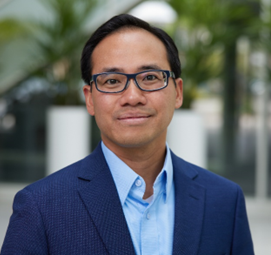
Rizal Sebastian, Professor
Chair Professor of Future Urban Systems at The Hague University of Applied Sciences
Rizal Sebastian is Chair Professor of Future Urban Systems at The Hague University of Applied Sciences, and Senior Advisor on Digitalisation for Sustainable Built Environment at The Netherlands Enterprise Agency RVO.
He obtained BSc in Architecture with Cum Laude from ITB (Indonesia), MSc in Construction Management with Distinction from London South Bank University (UK) in conjunction with HAN University of Applied Sciences (The Netherlands), and PhD in design management from TU Delft (The Netherlands). Rizal has more than 60 scientific publications, and through the years he has managed more than 30 national and international innovation projects. He previously worked at an international engineering firm ARCADIS and The Netherlands Organisation for Applied Scientific Research TNO. He also supports the European Commission and the Dutch Research Council as a scientific expert.
Preliminary title:
Applying digitalisation for smart, sustainable and inclusive cities
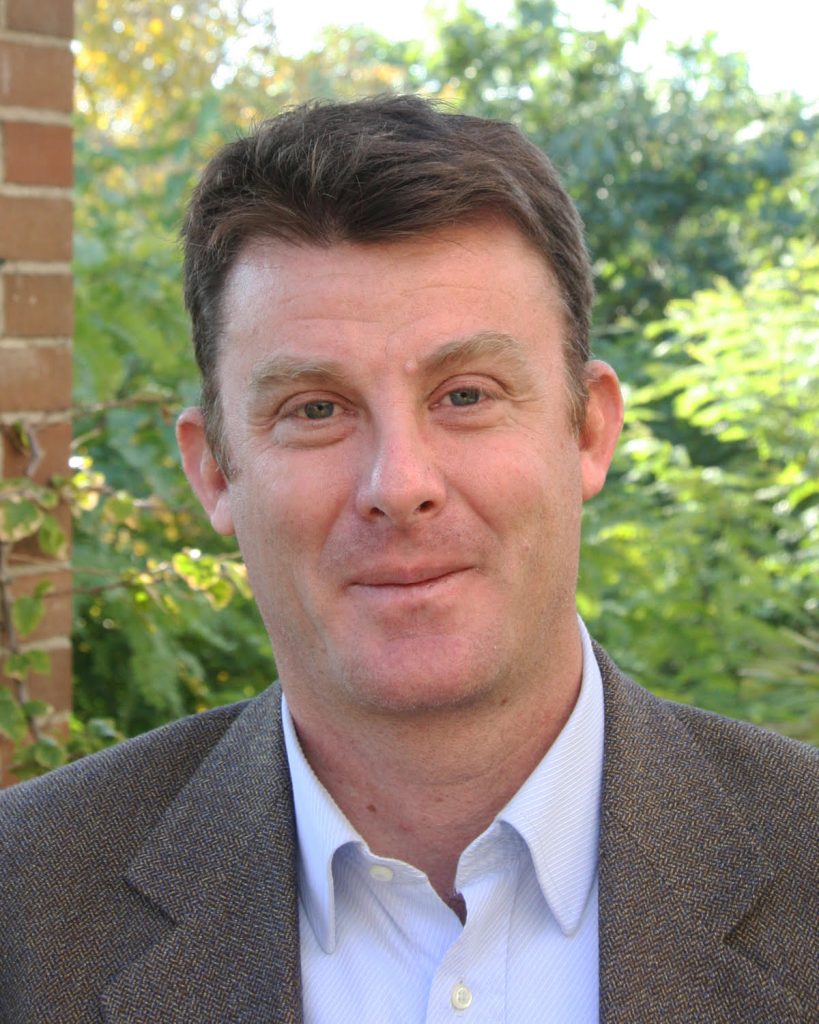
Michele Chiumenti
Professor
Michele Chiumenti holds a degree in Civil Engineering and a Master’s in Structural Analysis from Politecnico di Milano (1994). He earned his Ph.D. in Civil Engineering (Ingeniero de Caminos, Canales y Puertos) from the Universitat Politècnica de Catalunya (UPC) in 1999. Currently, Prof. Chiumenti serves as a Full Professor of Continuum Mechanics and Structural Analysis at the Department of Civil and Environmental Engineering, UPC, and as a Full Research Professor at the International Center for Numerical Methods in Engineering (CIMNE), within the Industrial Manufacturing Processes group.
Prof. Chiumenti has an extensive publication record, with 130 peer-reviewed articles in JCR scientific journals (h-index: 39, Scopus), along with 15 monographs, and contributions to four books and book chapters in the field of non-linear computational mechanics. He has participated in over 100 national and international research conferences, delivering nine plenary lectures. Additionally, he is a organizer and co-chairman of the renowned COMPLAS Conference series and serves on the Scientific and Organizing Committees of several other conferences. He is a member of the Spanish Society for Numerical Methods in Engineering (SEMNI) since 1999.
Prof. Chiumenti has led numerous European and Spanish-funded research projects, focusing on the development of finite element (FE)-based technologies for numerical simulation in structural and failure analysis, spanning civil and mechanical engineering. His work also encompasses thermo-mechanical analyses in advanced manufacturing processes such as Additive Manufacturing (AM), Friction Stir Welding (FSW), casting, and other metal-forming techniques.
Preliminary title:
Machine Learning for the Qualification of Additive Manufacturing Processes
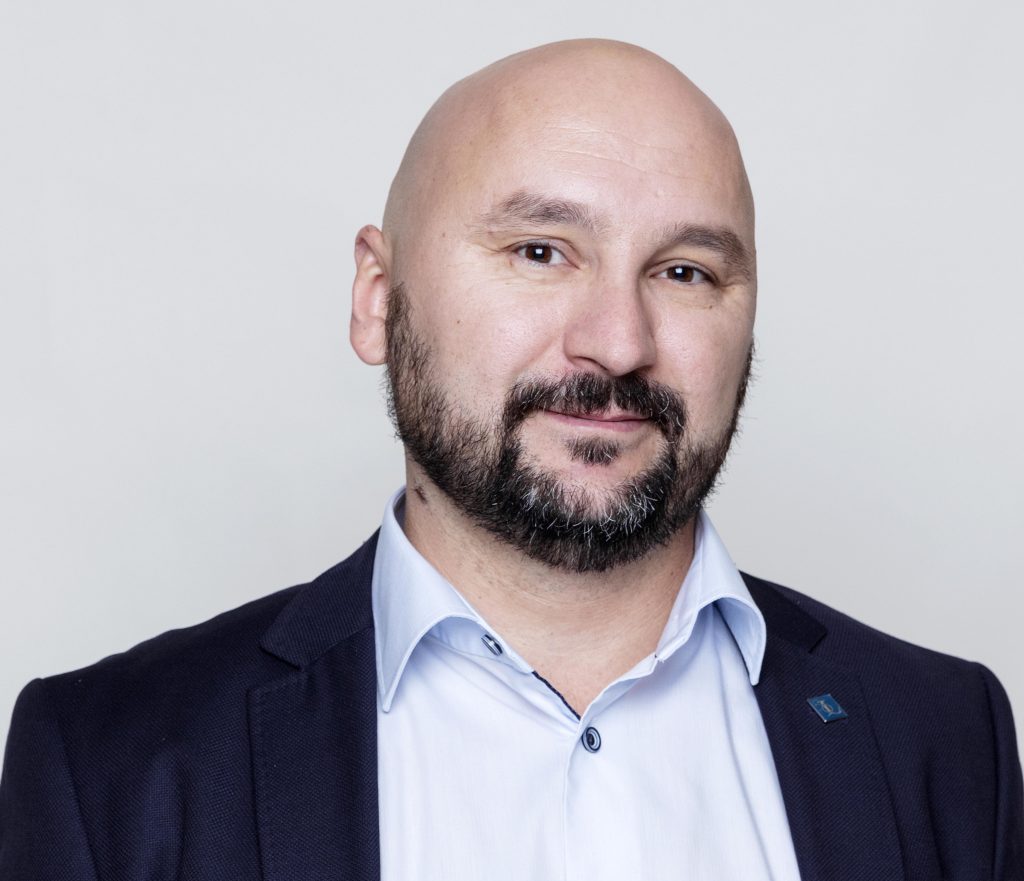
Gabriel Sas, PhD
Chair Professor of Structural Engineering,
Luleå University of Technology, Sweden.
Gabriel Sas is a leading expert in structural engineering, specializing in structural assessment and mitigation strategies for sustainable infrastructure and resilience-built environment. Dr. Sas has researched extensively in areas such as structural health monitoring, life cycle assessment, advanced numerical simulations, strengthening solutions, and innovative materials for reinforced concrete structures. He has led numerous high-impact projects funded by the EU, Swedish, and Norwegian agencies, focusing on extending the lifespan of existing infrastructure, and advancing predictive maintenance techniques for critical structures such as bridges and dams.
As Chair of the Structural Engineering Division at Luleå University, Dr. Sas has spearheaded projects in development of proof-loading methods for road and railway bridges and dam stability assessments. Dr. Sas contributions also include innovative teaching methods, earning him the LTU Pedagogical Prize, and he is a recognized mentor with over 10 PhD supervisions.
Dr. Sas serves on key industry boards, including JVTC, and is the Founding President of IABMAS Sweden. His research continually adapts to meet the evolving needs of resilient, climate-adaptive infrastructure systems, fostering knowledge transfer and policy alignment for sustainable development in the built environment.
Preliminary title:
Re-Engineering the Future Trough Sustainable Structural Engineering
